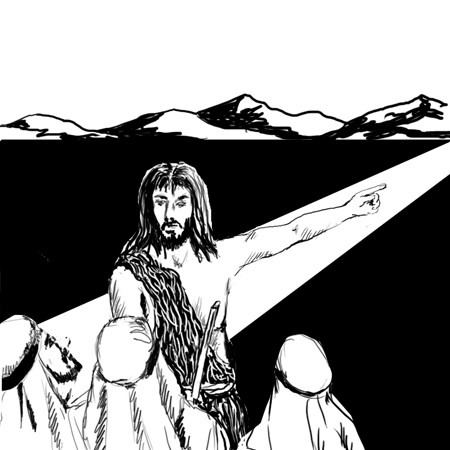 2 Sunday of Advent, Year C
2 Sunday of Advent, Year C
Bar 5:1-9; Phil 1:4-6, 8-11; Lk 3:1-6
Introduction: This is a homily/Scripture reflection in a book, titled: ‘Every Week God Speaks We Respond’, Cycle B, intended to be published in the future by Reverend John Tran Binh Trong.
It was published in Vietnamese in the US 2008 and republished in Viet Nam 2012. To keep the author’s writing style, this homily has not been edited and may not be by a hired hand. However, if readers would like to point out mistake(s) in spelling and grammar and/or to suggest English phrases and expressions, it would be greatly appreciated by the author, whose English is not his mother tongue and who did not live in the US until his adulthood. Passive sentences are used intentionally in this context as to avoid using the first personal pronoun ‘I’ when applicable. That might be associated with any idea of egotism, in accord with the French saying, known as: ‘Le moi est haissable’ (The ego is detestable).
Saint Luke, fond of historical facts, calculated an accurate date, when John the Baptist began to prepare the way for the coming of a Messiah, based on the historical figures of the Roman Empire and Judaism. According to the calculation of Luke, it was about one or two years before Jesus’ public life – that is around the year 29 or 30 - when John preached a baptism of repentance (Lk 3:1-3), preparing the way of the Lord.
John prepared for the mission of announcing the coming of the Messiah by a life of isolation, penance and prayers. In order to stir up a desire for repentance, John went to the desert, proclaiming a baptism of repentance. John administered a baptism of repentance to help people realize the need for repentance and return to the Lord. Throughout the whole region of the Jordan River, John proclaimed a baptism of repentance in preparation for the coming of the Messiah.
The reading from the Book of Baruch tells us the Jews were exiled and scattered for their infidelity. The Book of Baruch nourished them with the theme of hope that the Messiah would gather them together and bring them back to the Promised Land.
Despite of their oppression, they still hoped that God would not abandon them. Thus, John’s message of the coming of the Messiah was pleasing to their ears because through many centuries they had been under the rule of foreign powers: the Persians, the Egyptians, the Syrians and the Romans.
We are now in the second week of Advent, waiting for the coming of the Lord. In a more concrete way, we are preparing to celebrate the birth of Christ. Every day we see newspapers, radio, television and store windows telling us that to celebrate Christmas means buying and sending cards and gifts, decorating homes and trees and preparing a big meal on Christmas. Merchants are trying to turn Christmas into an advertising season, and the art of advertising is taking over this season.
To say so does not mean we should eliminate decorations and gifts. Doing decorations and exchanging gifts are important to keep the economy going. As human beings with bodies and souls, we need external signs, symbols and decorations in order to help stir up our internal religious motives. However, we must not stop at signs, symbols and decorations. We must go beyond symbols, signs and decorations in order to find out the true meaning of Christmas. What is the motive that makes us prepare for Christmas? Why do we need decorations? Is that we want to celebrate Christmas in a joyous atmosphere? When sending Christmas gifts, we need to remind us of the greatest gift God gave us: the gift of his Son Jesus, born as man and dwelt among us. To exchange Christmas gifts means to commemorate and share God’s gifts. To prepare the way for a redeemer to rescue people from misery in exiles, Isaiah encouraged people to widen the roads: Prepare the way of the Lord, make straight his paths. Every valley shall be filled and every mountain and hill shall be made low. The winding roads shall be made straight, and the rough ways made smooth (Lk 3:4-5).
At that time, there was no paved road from Babylon to Jerusalem, but only trails for merchants to ride on camel backs. When a person of dignitary came to Jerusalem, road workers were sent to mark out the tracks for camel riders. John the Baptist interpreted the preparation of the way of the Lord in a spiritual sense. John told them to make low every mountain and hill of pride and conceit, to straighten out the paths of distortion and hypocrisy, to level off the rough ways of greed and selfishness.
Those were the ways of preparation, which John called for. Many people came to his baptism, but they refused to admit any need for repentance. Therefore, John called them: Brood of vipers (Lk 3:7). In the Gospel of Mathew, the brood of vipers was identified as the Pharisees and Sadducees (Mt 3:7).
For mature and virtuous Christians, we need to return to the original meaning of preparation for the coming of the Lord. How many Christmas seasons have passed by, and we still felt empty inside? This Christmas can be different if we return to the original meaning of the message of repentance: turning away from sin and turning toward God. John’s message of repentance must go beyond a routine confession of wrongdoings. If John’s message of repentance should make us feel uncomfortable, then we can say we are beginning to change. That change can be a starting point for our new life in peace and grace with God.
Prayer for knowing how to prepare for the way of the Lord:
Oh our Redeemer about to come as man!
For your love of sinful mankind,
you came to us in the womb of the virgin.
Teach me how to prepare the way:
wide, straight and smooth
in my life to welcome your birth.
Help me to eliminate obstacles from my life:
that is sin and all kinds of vices
so that you may find room to enter
and stay with me. Amen.
John Tran Binh Trong



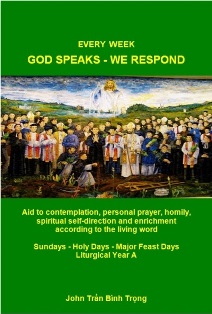 Every Week God Speaks – We Respond, Cycle A was published Online in the US. The introduction of the book is recorded at “Sách của Tác giả Chủ trương, Column 1.
Every Week God Speaks – We Respond, Cycle A was published Online in the US. The introduction of the book is recorded at “Sách của Tác giả Chủ trương, Column 1.

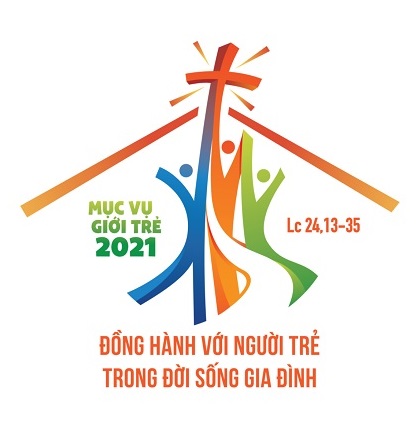 Năm Mục Vụ Giới Trẻ 2021. HĐGM ấn định một chương trình Mục vụ Giới trẻ 3 năm với các chủ đề tương ứng: Năm 2020: Đồng hành với người trẻ hướng tới sự trưởng thành toàn diện.
Năm Mục Vụ Giới Trẻ 2021. HĐGM ấn định một chương trình Mục vụ Giới trẻ 3 năm với các chủ đề tương ứng: Năm 2020: Đồng hành với người trẻ hướng tới sự trưởng thành toàn diện.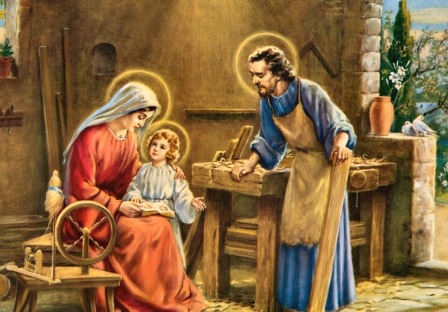 Năm Thánh Giu-se: Nhân kỷ niệm 150 năm Đức Giáo hoàng Pio IX chọn thánh Giuse làm Đấng Bảo Trợ Giáo Hội Công Giáo, Đức Phanxicô đã ban hành Tông thư “Patris corde” – Trái tim của người Cha – và công bố “Năm đặc biệt về thánh Giuse” từ
Năm Thánh Giu-se: Nhân kỷ niệm 150 năm Đức Giáo hoàng Pio IX chọn thánh Giuse làm Đấng Bảo Trợ Giáo Hội Công Giáo, Đức Phanxicô đã ban hành Tông thư “Patris corde” – Trái tim của người Cha – và công bố “Năm đặc biệt về thánh Giuse” từ 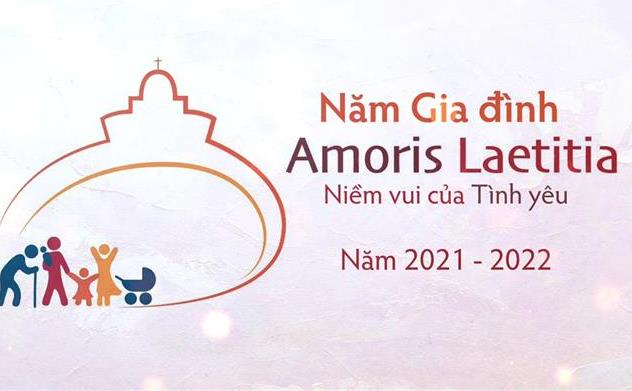 Năm “Gia đình Amoris Laetitia” 2021 về “Vẻ đẹp và niềm vui của tình yêu gia đình” do Bộ Giáo Dân, Gia Đình và Sự Sống tổ chức, được Đức Phanxicô khai mạc dịp Lễ Thánh Giuse
Năm “Gia đình Amoris Laetitia” 2021 về “Vẻ đẹp và niềm vui của tình yêu gia đình” do Bộ Giáo Dân, Gia Đình và Sự Sống tổ chức, được Đức Phanxicô khai mạc dịp Lễ Thánh Giuse 
